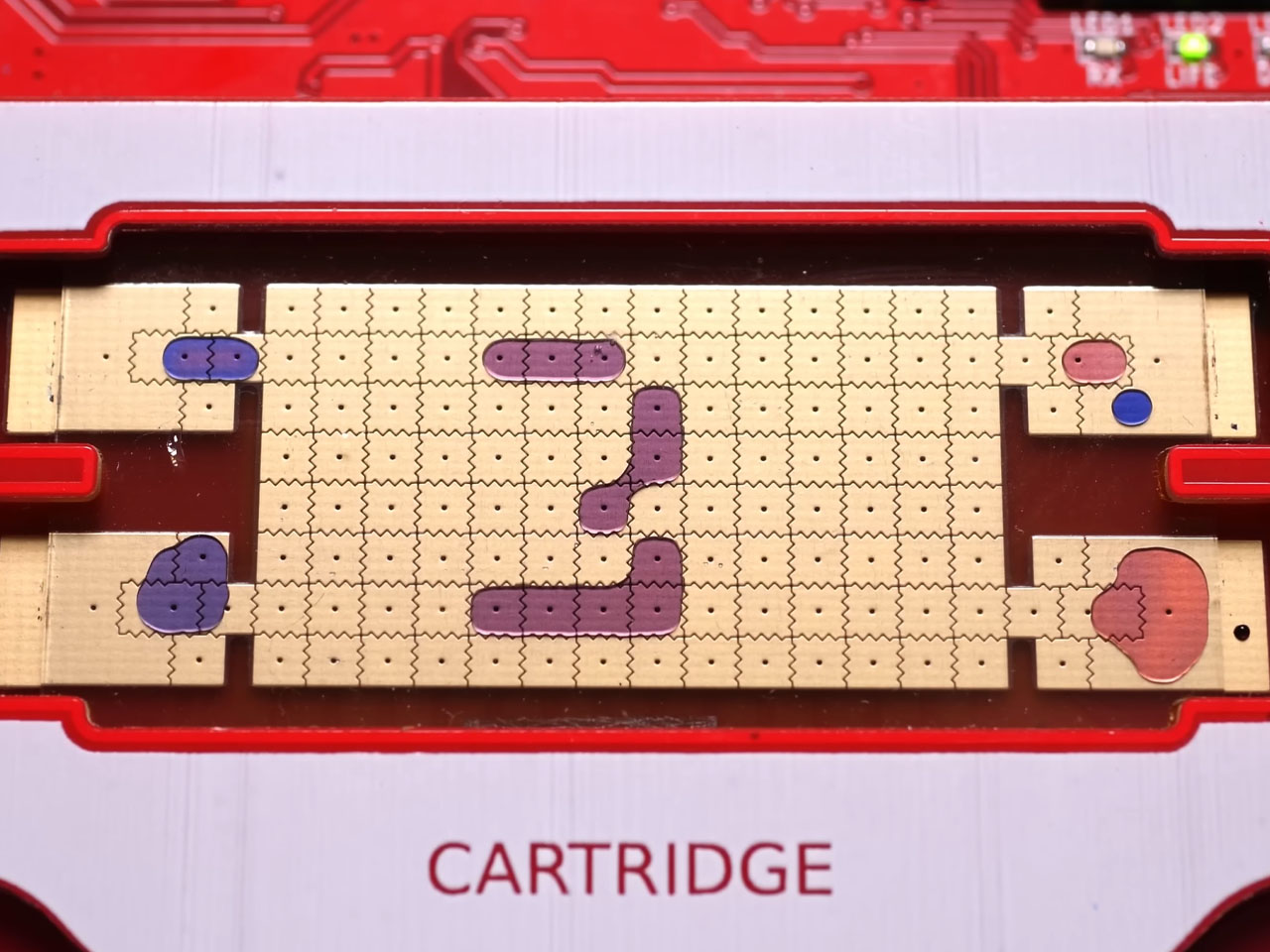We all have played the Snake game on our monochrome phones to kill time, but the classic has got a new interesting version. That’s courtesy of DIYer Steve Mould, who is known for his affinity towards science, experiments, and thinking out of the box. The result is amazing creations that you’d not have thought of in your wildest dreams.
This DIY is a result of the coming together of inventive thinking and a biology experiment device dubbed OpenDrop. Designed by a Swiss researcher in his lab, the open-source device is the perfect starting ground for 2D games like Snake. The digital microfluidic surface of the device manoeuvres water droplets across the electronic grid using charged surfaces.
Designer: Steve Mould
The dielectric material of the grid is used to attract or repel the bipolar molecules of water. This moves the water droplet on the grid to create games like Snake, Pac-Man, or Frogger. Despite the €1,000 price tag of the machine, Steve wanted to go ahead with the experiment. To get a better hang of the OpenDrop, he flew to Switzerland and visited the facility. The voltage supplied to the board can be tweaked to nudge forward the polarized droplets from one electrode to the other. This creates a liquid display on the game board to make possible the mechanics of the classic Snake game reinterpreted in a completely new dimension.
With help from the OpenDrop’s creator and Copilot’s coding, Steve turned something as simple as a water droplet into a game character. He was able to move the character forward, bumping into the game food, growing large, and moving forward in the 8×14 grid without hitting the outer limits. Every grab of a smaller droplet makes the snake grow bigger. A bigger water droplet is harder to control; therefore, as you progress, the game gets tougher. The game still has its kinks, like sloshes, splits, or merges, which add an element of variability to the game dynamics. Mind you, getting the engineering of how the electrodes and the dielectric coating work in tandem isn’t easy.
In the end, this DIY arcade game rig is not about fun; it’s about learning how a completely unrelated lab tool can be turned into a retro gaming device. It’s worth mentioning, shipping the OpenDrop gadget cost Steve a lot, apart from the buying cost. He, however, was committed to somehow making his initial vision of playing Snake on the device meet reality. To keep the community of inventive builders engaged, Steve has made his creation open source, so that DIYers can improvise and create new games on the dielectric platform. Even better, he has challenged anyone to craft a working implementation of Tetris to win a prize. We’re sure that’s going to be pretty hard, given the nature of water droplets.
The post This Snake Game uses ‘Water Pixels’ by manipulating droplets with a joystick first appeared on Yanko Design.

